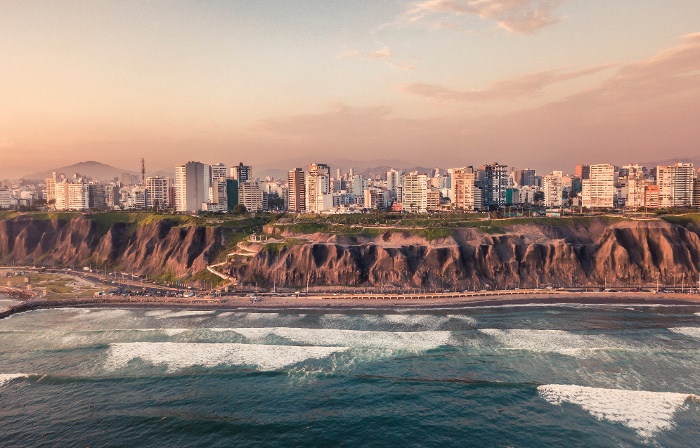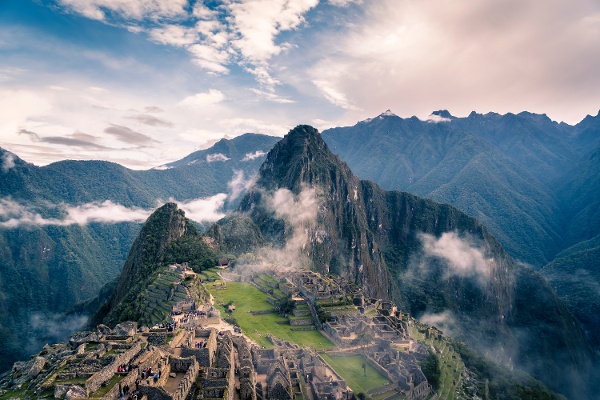Developers in Peru are finding it difficult to find any reason to build affordable homes for the 45% of the population that are unable to afford them but need them desperately. Construction is at the core of Peru’s economic development, with particular emphasis on the social housing sector, and improvement has been made, but institutional constraints mean that it’s not as easy as it sounds to get families housed properly. According to 2019 figures 150,000 households searched for property in Lima, but only 25,000 homes were available. This highlights the yawning chasm between supply and demand in Peru and not only puts the onus on social housing construction, but also demands answers to the question of why the situation has got so out of control.
 Cercado de Lima, Peru
Cercado de Lima, Peru
One reason for the lack of new social housing projects is simple economics: it costs far more to build houses with basic services such as water and sanitation than those without, so those houses are built for the people that can afford them, not those who can’t. Therein lies the rub. For houses to be built, they need to be profitable for developers and affordable for the government and the general population. With houses that have running water and electricity costing up to seven times more to build than those without, makeshift shanties are going up in prime locations around Lima and other cities as well as in more rural parts of the country, simply because families have no other way to find shelter.
The government is, however, starting to take notice, listen and learn from its neighbours.In Iquitos, 120 homes were constructed with a nucleus of a central room connected to water and electricity with the potential to add rooms through self-funding and with the help of the local community. This incremental housing model has been successfully introduced in Constitucion in Chile, Bogota in Colombia and a few cities and towns in Brazil. There is also a plan to attract more private sector investment into social housing construction, but there are fears that the country’s reputation may precede it and put potential investors off.
 Machu Picchu
Machu Picchu
“The government should define how the private sector can participate more in infrastructure construction,” Francisco Dumler, vice-president of development at consultancy Invertir recently told Oxford Business Group. “Peru’s attractiveness as an investment destination depends on its political and macroeconomic stability.” This may be difficult in a political environment that is infamously fragmented with no party receiving more than 11% of the vote in the legislative primaries in january 2020. Many, though, remain optimistic. The 2019 Pan American Games led to the construction of stadiums, athletes’ villages and many other sporting venues and accounted for $1.3 billion of last year’s GDP. This, plus increased investment in mining and infrastructure should mean that the housing sector stands to gain over the coming years. The government, though, must find ways to keep all parties happy, and in Peru, that is a famously prickly problem.






